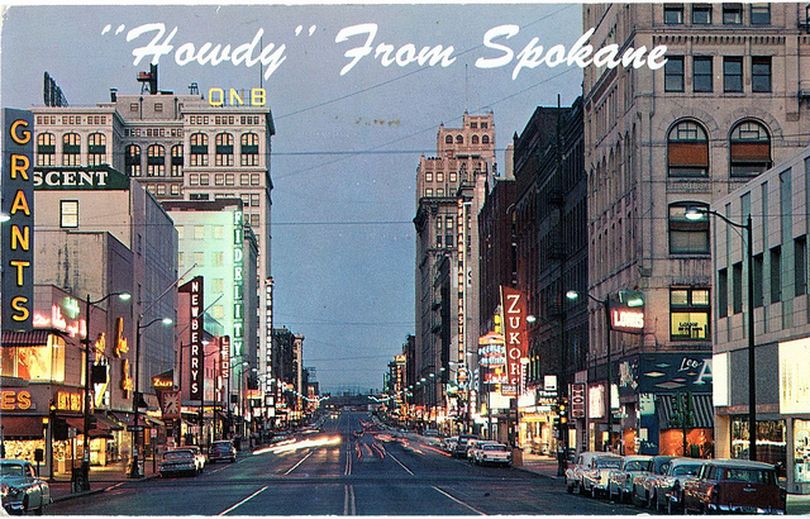Seattle transit blog says Spokane matters

Bruce Nourish, over at the Seattle Transit Blog, wrote his first of a promised series of articles examining Spokane's transit system today.
I met Bruce a few weeks ago when he was passing through. Two things were clear: he loves talking transit, and he's taken quite a shine on the Lilac City.
Here's his post in full:
"Spokane Transit: Why You Care"
As promised a few weeks ago, over the next week STB will have short series on Spokane Moving Forward, the Spokane Transit Authority’s ten-year plan to dramatically improve public transit in its service area. Voters in STA’s service area will vote on a 0.3% sales tax to fund the plan next month. We’ve written previously about Spokane’s transit history and present, and about last year’s Transit Plaza controversy.
First, though, I want to motivate you, average STB reader, and presumed west-sider: Why do you care about Spokane, when it’s seems — and, to be fair, kind of is — such a long way away? Here’s a few reasons:
-
It’s a real city, with a real urban core. Recent, high-quality, Creative Commons-licensed photography of downtown Spokane is sadly lacking, so you’ll have to take it from me, and the postcard up above, that downtown Spokane is endowed with a gorgeous, diverse collection of high rise buildings, from railroad era to modern.
-
It’s got a bunch of people in and around it. With around 209,000 residents in the city proper, it’s the second largest city in the state. (Tacoma is the other serious contender, with 198,000). Its metropolitan area extends east into northern Idaho, encompassing Coeur d’Alene, and about 600,000 people in total. It’s growing, and expected to continue growing.
-
It’s the city for a huge geographic swath of the northern United States. Spokane is the most populous urban area between Seattle and Minneapolis. (Only Boise, population 208,000, and 350 miles to the south, comes close). Like all real cities, the way it is experienced echoes far beyond its borders, because a critical mass of people have experienced it enough for it to feel familiar, making it a shared point of reference.
-
Its got lots of transit riders. Spokane Transit provided about 11 million rides last year, making it the fourth largest agency by ridership in the state (after King County Metro, Sound Transit, and Washington State Ferries) and its busiest routes would be solid routes in Seattle or King County. STA’s top three routes pull in 2,500-3,400 riders per weekday, which is about half of Seattle’s comparable routes (e.g. 6,600 on Route 5, Greenwood local) — a great showing for a city a third the size of Seattle.
-
Its got lots of transit voters. Spokane votes Democratic, and while in an ideal world, we’d have a smart bipartisan consensus in favor of moving people and goods — not just cars — transit at the state level is a Democratic-identified cause. The way we’re going to change Washington’s transportation trajectory to something more sustainable is to grow the number of pro-transit state legislators, and for that we need urban growth everywhere it can happen in the state, not just Puget Sound.
First up, because I know STBers love projects, I’ll discuss the proposed Central City Line. Subsequent posts will cover the West Plains Transit Center and service to Eastern Washington University in Cheney, possible service to Coeur d’Alene, and broad-based improvements to service throughout the area.
Finally, one personal note: I lived without a car in Seattle for four years, and didn’t visit Spokane until I bought a car. That was an omission I regret! Spokane is totally worth a weekend trip, and it’s a really short, cheap flight (or a much less convenient train ride) away. While weekend transit service levels today aren’t quite at the level of real convenience, weekdays are, and it’s totally doable without a car.
